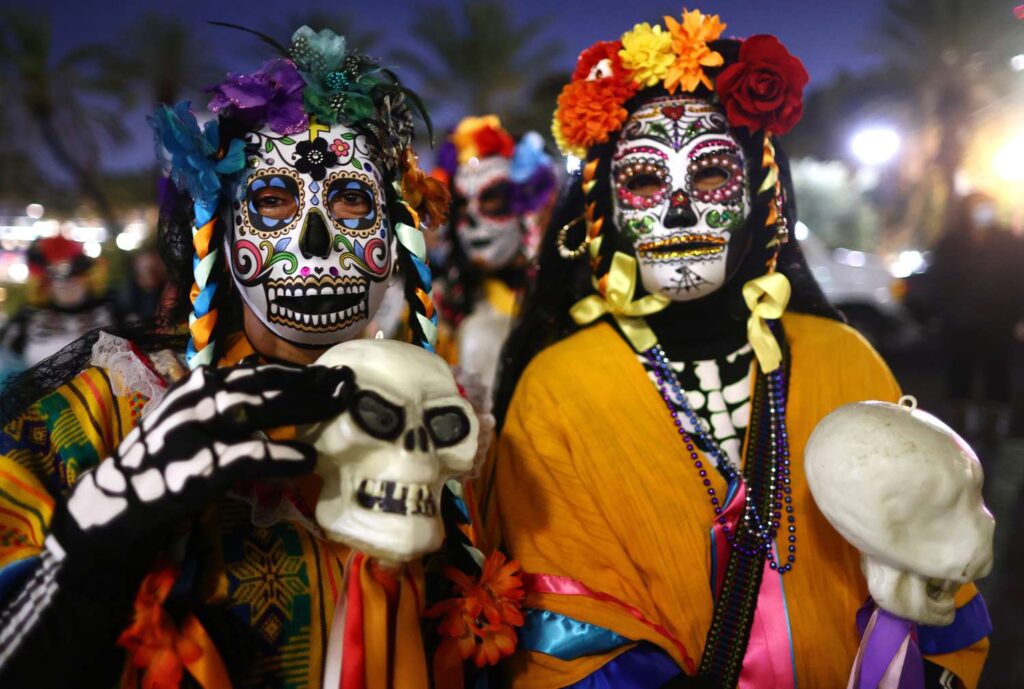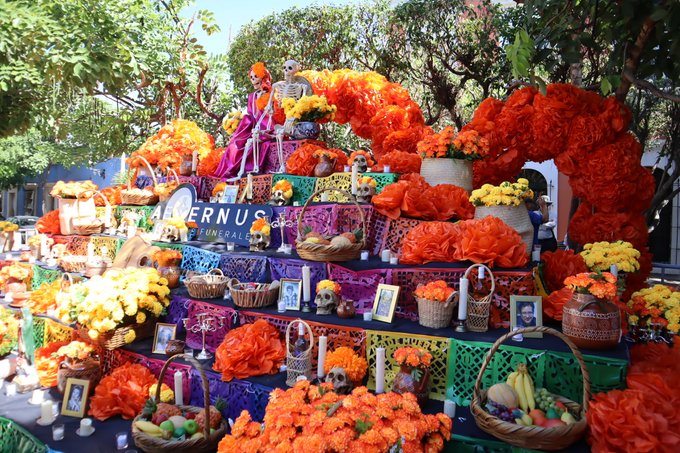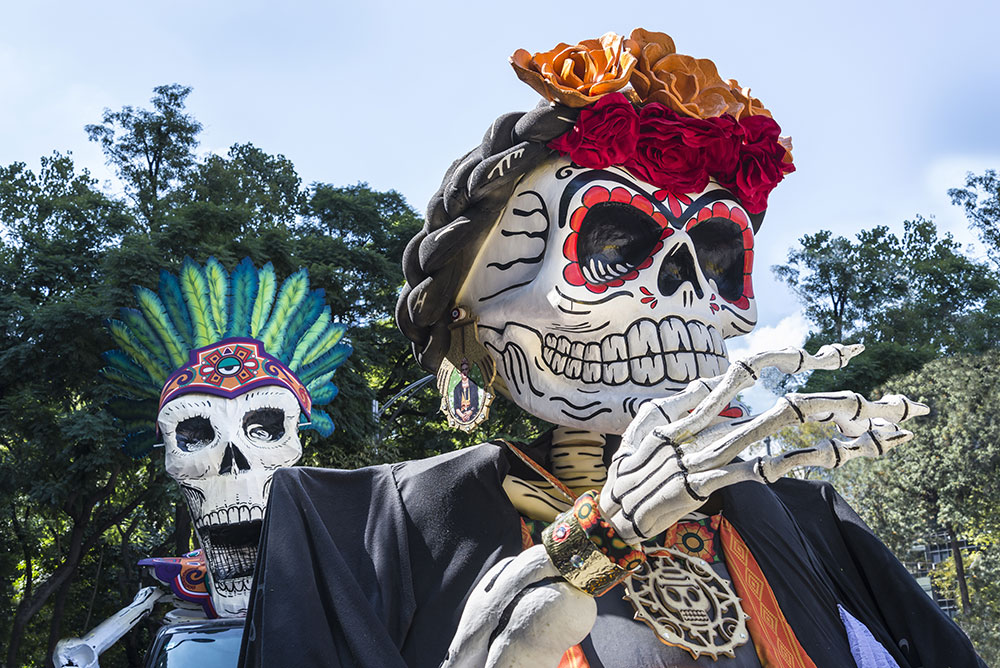
Every year, from October 31 to November 2, Mexico comes alive with the colorful and meaningful celebration of Día de los Muertos—the Day of the Dead. This festive holiday honors loved ones who have passed, blending ancient indigenous traditions with Catholic beliefs. It’s a time to remember, celebrate, and reconnect with those who are no longer with us, but whose spirits are believed to return for these special days.
The Meaning Behind Day of the Dead
The Day of the Dead is far from a somber occasion. Instead, it’s a joyous celebration of life and memory. Families prepare for the arrival of the spirits of their departed loved ones, who are welcomed back to enjoy offerings of food, drink, and gifts. It’s believed that during these days, the boundary between the living and the dead fades, allowing families to spend time with the spirits of those they miss.
While death is often feared or avoided in many cultures, the Day of the Dead sees it as part of life’s natural cycle. By remembering and celebrating those who have passed, they are kept alive in spirit. This belief underscores the celebration’s joyful tone, making it a time for love, not sorrow.
The Importance of Altars

A central feature of the Day of the Dead is the altar, or ofrenda, created to honor the deceased. These altars are beautifully decorated with marigolds (cempasúchil), candles, photographs, and the favorite foods of the departed. Marigolds, with their bright orange color, are said to guide the spirits back home with their vibrant hues and strong fragrance.
Families also place sugar skulls, symbolizing the cycle of life and death, and pan de muerto, a traditional sweet bread baked for the occasion. Each item on the altar holds deep meaning, from water to quench the thirst of spirits after their long journey, to salt, representing purification. The altar is a heartfelt tribute to those who have gone, making them feel welcome as they visit.
How Day of the Dead is Celebrated

In towns across Mexico, families clean and decorate the graves of their loved ones. The cemetery, usually a quiet and solemn place, becomes alive with music, laughter, and shared stories. This gathering is an opportunity for families to come together, reminisce, and celebrate the lives of those who have passed. The festive atmosphere honors the idea that death is not an end, but a continuation of existence in another form.
Some regions, like Oaxaca and Michoacán, are known for their elaborate parades and public celebrations, where participants dress as skeletons or iconic figures like La Catrina. This elegantly dressed skeleton figure, created by artist José Guadalupe Posada, has become a symbol of Day of the Dead, representing death as a part of life and a reminder that, in the end, death comes for all.
Foods of the Day of the Dead
Food is a key element of the Day of the Dead celebration. It is believed that the spirits partake in the essence of the food offered, while the living enjoy the physical meal. Traditional dishes include tamales, mole, and atole, a warm corn-based drink. Families also prepare the deceased’s favorite foods, a personal way of connecting with them.
Pan de muerto, with its subtle orange blossom flavor, is a staple of the celebration. The bread is often shaped to resemble bones and dusted with sugar, adding both symbolic and flavorful significance to the holiday.
A Growing Global Tradition

While the Day of the Dead has been celebrated for centuries in Mexico, its cultural influence has expanded in recent years. Films like Coco have brought the celebration to global attention, introducing audiences around the world to the beauty and depth of this Mexican tradition. Today, the Day of the Dead is recognized and celebrated in various countries, though it remains deeply rooted in Mexican culture and heritage.
The Day of the Dead is more than a holiday—it’s a profound expression of love, memory, and the belief that death is not the end. By celebrating those who have passed, families in Mexico keep their spirits alive, ensuring they remain a part of life even after they’re gone. The vibrant colors, joyful celebrations, and heartfelt traditions of Día de los Muertos make it a celebration like no other, filled with life, laughter, and eternal connection.
